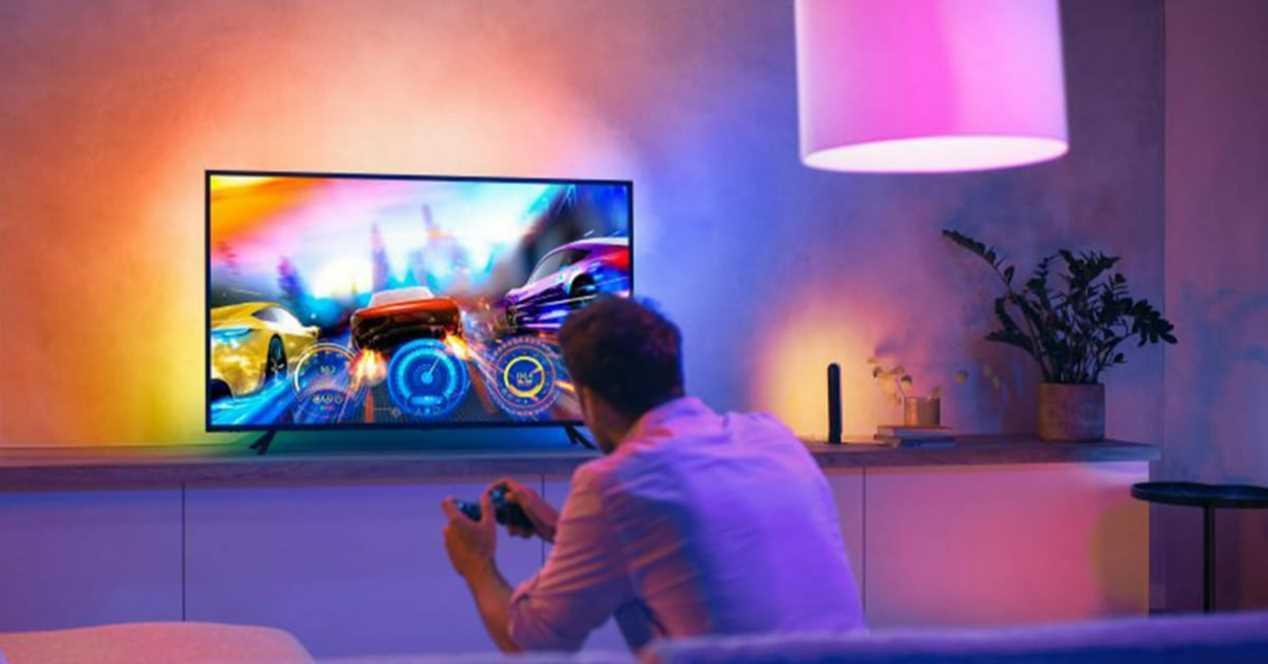If there is something with which the developers of external interfaces hit the bullseye, it is to see how they are going to do it in certain devices to be able to manage bandwidths which in total can represent not tens but hundreds of gigabits per second in bandwidth .band. On PC, thanks to PCI Express, this is easy to achieve, but not on TVs and monitors where you see many devices with few high-speed HDMI ports. Which leads us to have to buy an HDMI switch or Switch, but be careful, you have to know how to choose to be up to date.
Be careful when buying an HDMI switcher to overcome the lack of ports
Different versions of the HDMI port were created due to the fact that over time new panels appeared that supported a greater color gamut, more resolution and even a higher refresh rate. This becomes more information to send from the video output of your PC’s graphics card or game console. Unfortunately, there are many HDMI switchers on the market that are lacking in bandwidth.
What happens when the receiving device does not have enough bandwidth? Well, the transmitter understands that it uses an older version of the HDMI standard. It doesn’t matter if there is support for the same version between the PC and, for example, the monitor, if an intermediate device supports less information, the bit rate that will reach the monitor or TV will be lower. And that’s not just the case with an HDMI switch, it’s also the case with many low-end soundbars the device plugs into and they not only separate the audio from the video for playback , but degrade the latter.
In fact, when you think about it, an HDMI switch is a watered down AV receiver. In other words, they are two levels of complexity after the same idea. Of course, the simplest is good enough for most users, that the only thing they have to overcome is the lack of video inputs.
Another additional problem, HDCP
Not all content can be transmitted through an HDMI switch, many of them do not support the digital rights standard, which is essential for transmitting certain content. Without it, what we end up seeing is a totally black screen. The problem is that many models are not only bandwidth-limited, but also don’t support HDCP. Therefore, many of those who sell in the market
Let’s not forget the variable refresh rate
This only applies to you if you have a next-gen console such as an Xbox Series in one of its two models or a PS5, this is one of the features that was included in version 2.1 of the HDMI standard and with its revision, it became an optional theme. His particuliarity ? Identical to NVIDIA’s G-SYNC and VESA’s Adaptive Sync, it allows control of the refresh rate and therefore the vertical synchronization with the transmitting device.
Until now, if you had both consoles and support for it hadn’t been enabled on PS5, it was as simple as if you had both consoles to connect the Xbox directly to the TV port and PS5 to HDMI Switch as long as it supports at least HDMI 2.0 and HDCP 2.0.
So which model of HDMI switch to buy?
Now that we’ve laid out the problem it’s time to talk about the solution, there is a way to ensure that an HDMI switcher supports VRR and that is the fact that this standard was created for 8K TVs , so any device with the ability to transmit at this resolution will be ideal for solving said problem. That’s why, as a guide, we’ve chosen two different models as a recommendation so that you can get an idea of what to buy when buying an HDMI switcher for your needs.
Table of Contents










